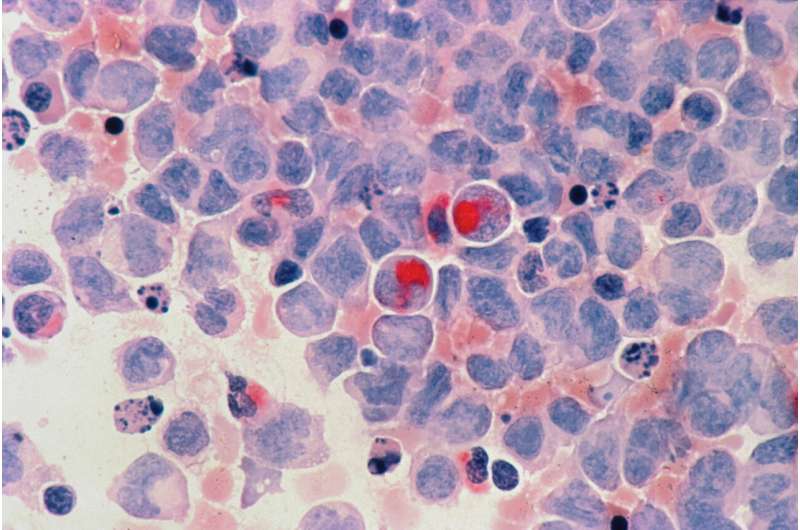Innovative Approach Aims to Accelerate Shock Diagnosis and Treatment with 'Door to Lactate Clearance'

A new SCAI initiative emphasizes the importance of rapid lactate clearance as a vital marker to improve outcomes in cardiogenic shock through early diagnosis and treatment adjustments.
A groundbreaking initiative introduced by the Society for Cardiovascular Angiography & Interventions (SCAI) advances a new framework for managing cardiogenic shock (CS). This approach emphasizes the importance of lactate clearance as a key marker for assessing patient progress and improving outcomes in this critical condition. Presented during the SCAI SHOCK Conference in Tampa, FL, and simultaneously published in the Journal of the Society for Cardiovascular Angiography and Interventions (JSCAI), the initiative highlights the need for rapid diagnosis and early intervention.
Cardiogenic shock remains one of the most lethal cardiovascular emergencies, with mortality rates stubbornly high despite therapeutic advancements. One of the main challenges has been enabling clinicians to promptly evaluate treatment effectiveness and adjust strategies accordingly. The new protocol advocates for measuring lactate levels—an accessible biomarker of tissue perfusion—at diagnosis, and then every two to three hours. The aim is to reduce lactate levels from initial measurements to below 2 mmol/L within 24 hours, a target termed the 'door to lactate clearance.' Achieving this threshold is associated with better survival outcomes.
High and persistent lactate levels indicate inadequate tissue perfusion and correlate with poorer prognosis. Conversely, timely lactate clearance is linked to recovery, emphasizing the importance of integrating this metric into existing treatment protocols. The initiative proposes that the failure to clear lactate early in treatment should prompt reassessment of the patient’s management and consideration for transfer to specialized centers for advanced therapies such as mechanical circulatory support.
The scalable nature of the 'door to lactate clearance' strategy makes it viable across various healthcare settings. Smaller hospitals can use lactate trends as early signals to escalate care, while larger centers can incorporate this data into decision-making processes regarding complex interventions. This standardized approach aims to improve communication among care teams, ensure consistent reassessment, and facilitate timely escalation or de-escalation of treatment.
SCAI's initiative encourages ongoing research to evaluate the full potential and limitations of lactate clearance as a tool for managing cardiogenic shock. Ultimately, this strategy holds promise for saving lives by enabling more precise, real-time management of this life-threatening condition.
Source: https://medicalxpress.com/news/2025-09-faster-diagnosis-door-lactate-clearance.html
Stay Updated with Mia's Feed
Get the latest health & wellness insights delivered straight to your inbox.
Related Articles
Precursor Cells to Bone Marrow Cancer Enter Dormant State to Prevent Disease Progression
New research reveals that precursor cells to bone marrow cancer can enter a dormant state, preventing disease progression and opening possibilities for early intervention strategies. Discover how cellular senescence acts as a natural defense mechanism against cancer.
Innovative Dual-Drug Approach Shows Potential in Treating Aggressive Leukemia
A new combination therapy using Menin inhibitors and a novel drug shows promise in treating aggressive forms of acute myeloid leukemia, potentially improving patient outcomes and overcoming drug resistance.
New Insights into Brain Aging: The Role of FTL1 in the Hippocampus
Scientists have identified the protein FTL1 as a key player in age-related decline of the hippocampus, opening new possibilities for combating cognitive aging.
Genetic Variants Significantly Increase Risk of Leg Blood Clots by 180%
New genetic research has identified variants that increase the risk of leg blood clots by up to 180%, offering insights into personalized prevention strategies. Discover the latest findings from Lund University.



